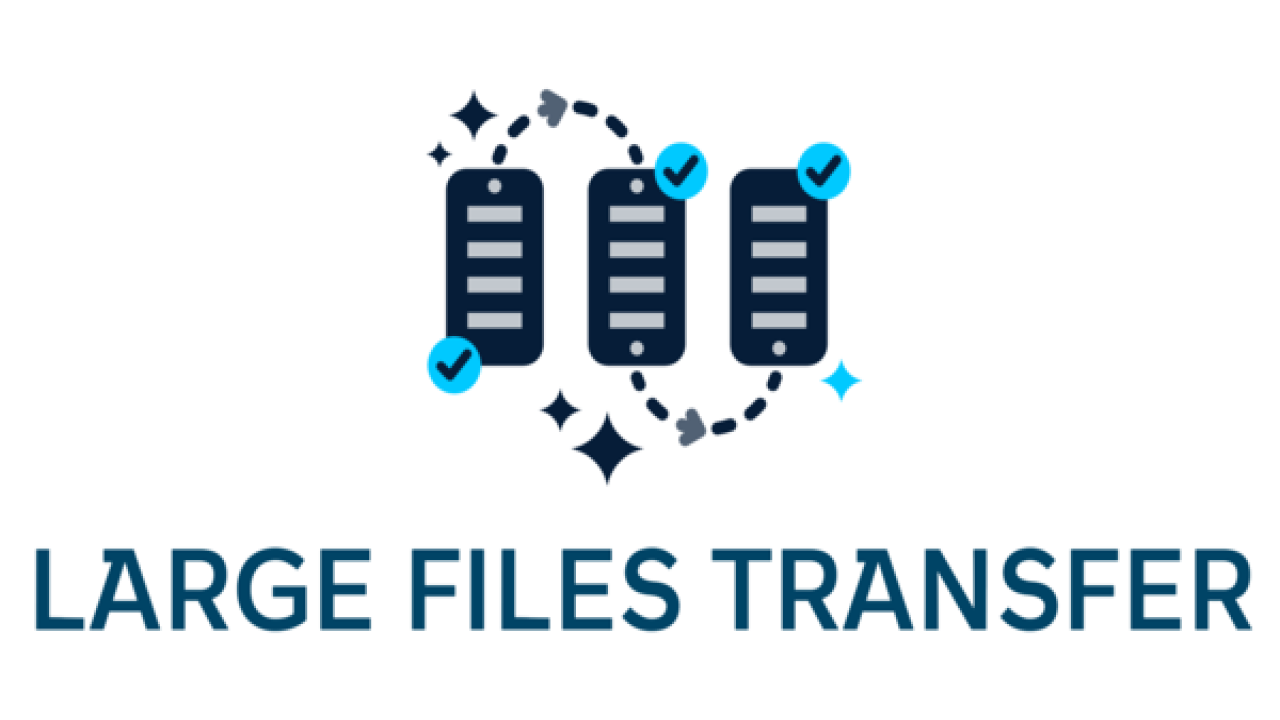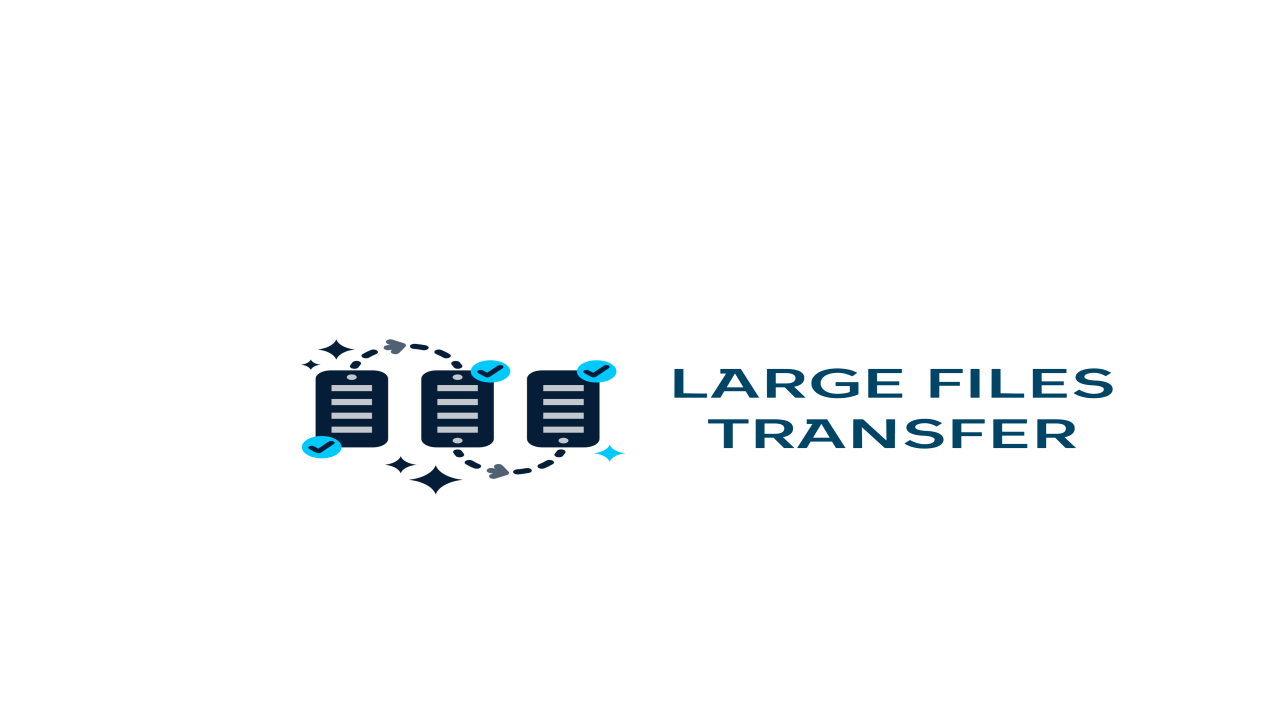Unraveling Bandwidth: How it Shapes File Transfer Speed and Efficiency
In the realm of digital communication, bandwidth stands as a cornerstone, governing the speed and efficiency of file transfers across networks. Understanding bandwidth and its impact on file transfer speed is crucial for optimizing data exchange, whether you're sharing documents with colleagues or streaming multimedia content. In this comprehensive guide, we'll delve into the intricacies of bandwidth, exploring its significance, factors influencing transfer speed, and strategies for maximizing efficiency.
What is Bandwidth?
At its core, bandwidth refers to the maximum rate of data transfer across a network connection, typically measured in bits per second (bps), kilobits per second (kbps), megabits per second (Mbps), or gigabits per second (Gbps). It determines how much data can be transmitted within a given timeframe and serves as a critical metric for assessing network performance.
Factors Influencing Bandwidth and File Transfer Speed:
-
Network Infrastructure: The underlying network infrastructure, including cables, routers, switches, and servers, plays a pivotal role in determining available bandwidth. High-quality, high-speed network components facilitate faster data transfer rates, while outdated or congested infrastructure may constrain bandwidth and impede transfer speeds.
-
Internet Service Provider (ISP): The bandwidth available to an individual or organization is largely dictated by their Internet Service Provider (ISP). ISPs offer various service plans with different bandwidth allocations, ranging from basic residential connections to high-speed business-grade services. Upgrading to a higher-tier plan can increase available bandwidth and enhance file transfer speeds.
-
Network Congestion: Network congestion occurs when the volume of data traffic exceeds the available bandwidth capacity, resulting in slowed transfer speeds and increased latency. Peak usage periods, such as during business hours or evenings, may exacerbate congestion, leading to slower file transfers. Avoiding peak times or utilizing Quality of Service (QoS) mechanisms can help alleviate congestion and improve transfer speeds.
-
Distance and Latency: The physical distance between the sender and receiver, as well as network latency, can impact file transfer speeds. Longer distances and higher latency connections introduce delays in data transmission, reducing overall transfer efficiency. Utilizing content delivery networks (CDNs) or selecting servers closer to the intended recipient can mitigate latency and optimize transfer speeds.
-
Protocol Overhead: Various network protocols, such as TCP/IP, introduce overhead in the form of packet headers and acknowledgment mechanisms, which consume bandwidth and may impact transfer speeds. Understanding protocol overhead and selecting efficient transfer protocols, such as UDP for real-time applications or FTP for bulk data transfers, can minimize overhead and enhance transfer efficiency.
Strategies for Maximizing Bandwidth and File Transfer Speed:
-
Optimize Network Configuration: Ensure that network equipment, including routers, switches, and cables, is properly configured and optimized for maximum throughput. Implementing Quality of Service (QoS) policies, traffic shaping, and packet prioritization can help allocate bandwidth effectively and prioritize critical data traffic.
-
Utilize Compression Techniques: Employ data compression techniques, such as ZIP or RAR compression, to reduce file sizes before transfer. Compressed files require less bandwidth and transfer more quickly, particularly for text-based or redundant data.
-
Parallelize File Transfers: Divide large files into smaller chunks and transfer them in parallel across multiple connections simultaneously. Parallelizing file transfers harnesses available bandwidth more efficiently and accelerates transfer speeds, especially for high-speed network connections.
-
Leverage Content Delivery Networks (CDNs): Utilize CDNs to distribute files across geographically dispersed servers closer to end-users. CDNs minimize latency, reduce data congestion, and accelerate file transfers by delivering content from the nearest edge server to the recipient, optimizing bandwidth utilization.
-
Implement Caching Mechanisms: Deploy caching mechanisms, such as web caches or proxy servers, to store frequently accessed files locally. Caching reduces the need for repeated file transfers over the network, conserves bandwidth, and speeds up access to commonly requested content.
Conclusion:
Bandwidth serves as a fundamental determinant of file transfer speed and efficiency, exerting a profound influence on network performance and data exchange. By comprehending the intricacies of bandwidth and employing strategies for maximizing throughput, individuals and organizations can optimize file transfer processes, enhance productivity, and streamline digital communication. Whether through network optimization, compression techniques, or leveraging CDN infrastructure, prioritizing bandwidth optimization is essential for unlocking the full potential of file transfer capabilities in the modern digital landscape.






Comments (0)